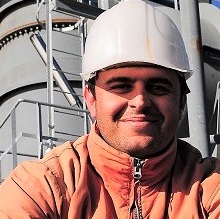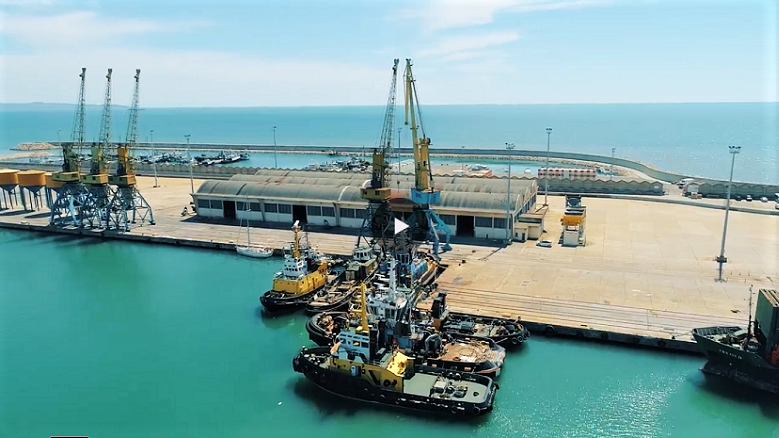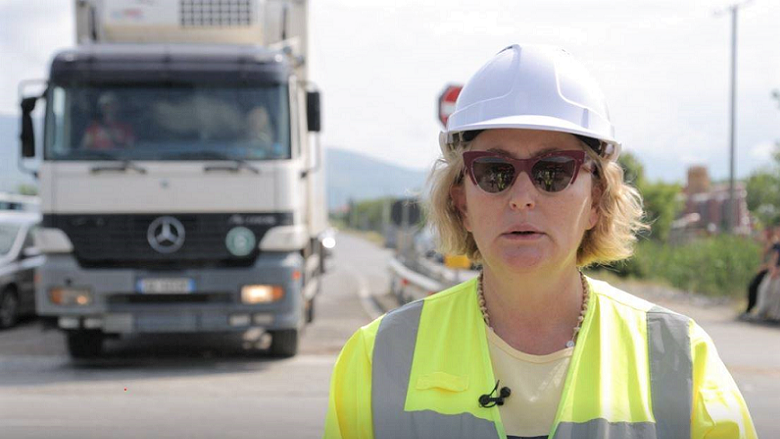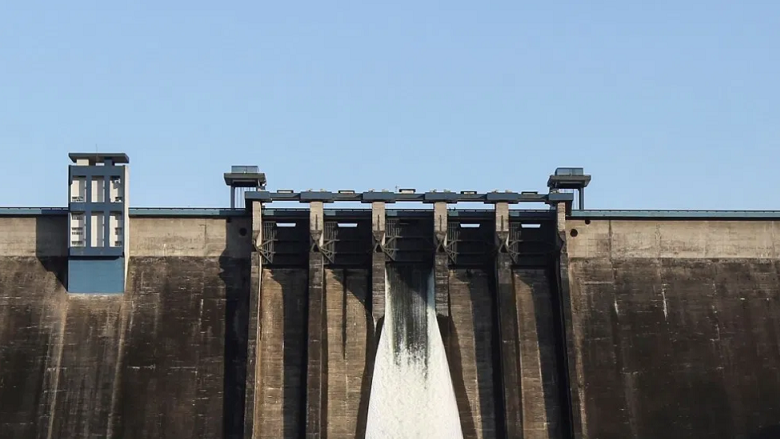Country Context
| Albania | 2024 |
| Population, million | 2.4 |
| GDP, current $ billion | 27.3 |
| GDP per capita, current $ | 11,389.7 |
| Life Expectancy at birth, years | 76.8 |
Albania is implementing important structural reforms that will support equitable growth, raise productivity and competitiveness in the economy, create more jobs, and improve governance and public service delivery. Enhanced regional connectivity and access to regional and global markets, coupled with export and market diversification, can also help promote faster growth.
The government’s focus is now on sustainable growth with a special focus on tourism, agriculture, and digitization, as well as building resilience. Sustaining the pace of reforms is a priority. Albania opened accession talks with the European Union in mid-October 2024 and has since launched negotiations in three key clusters: Fundamentals, the Internal Market, and External Relations.
Albania’s economic growth in 2024 is estimated at 3.9% and in 2025 is expected to moderate to 3.2% and 3.1% in the medium-term. Poverty is expected to continue to decline as employment and wages rise. Heightened geopolitical tensions and uncertainty in trade policy pose risks to the medium-term outlook, as prospects hinge on external demand and continuity in structural reforms.
The World Bank and other partners are working together to support the government in overcoming these challenges and implementing the country’s longer-term vision.
Last Updated: May 06, 2025






